
Article Summary: National Parks Near Nashville
National Parks near Nashville. There’s so much more to the Volunteer State than the Tennessee Titans. In this article, More Than Just Parks takes you to five incredible national park sites that are within a day’s drive of Nashville.
I’ve been to so many of these amazing places since retiring from teaching in 2018. Did I mention that I taught history? I spent a lifetime teaching about the history behind these momentous sites. Then I got to see them firsthand. And now I’m sharing the stories of these incredible places with you. It doesn’t get any better than that!
Aside from being a music mecca, Nashville’s teeming with cultural landmarks, outdoor activities, amazing food, professional sports, and other things to do that make Nashville truly unique. It’s a big city with small-town roots and southern hospitality. Whatever interests you, you can find it in Music City.
But it’s also within driving distance of some amazing national parks.
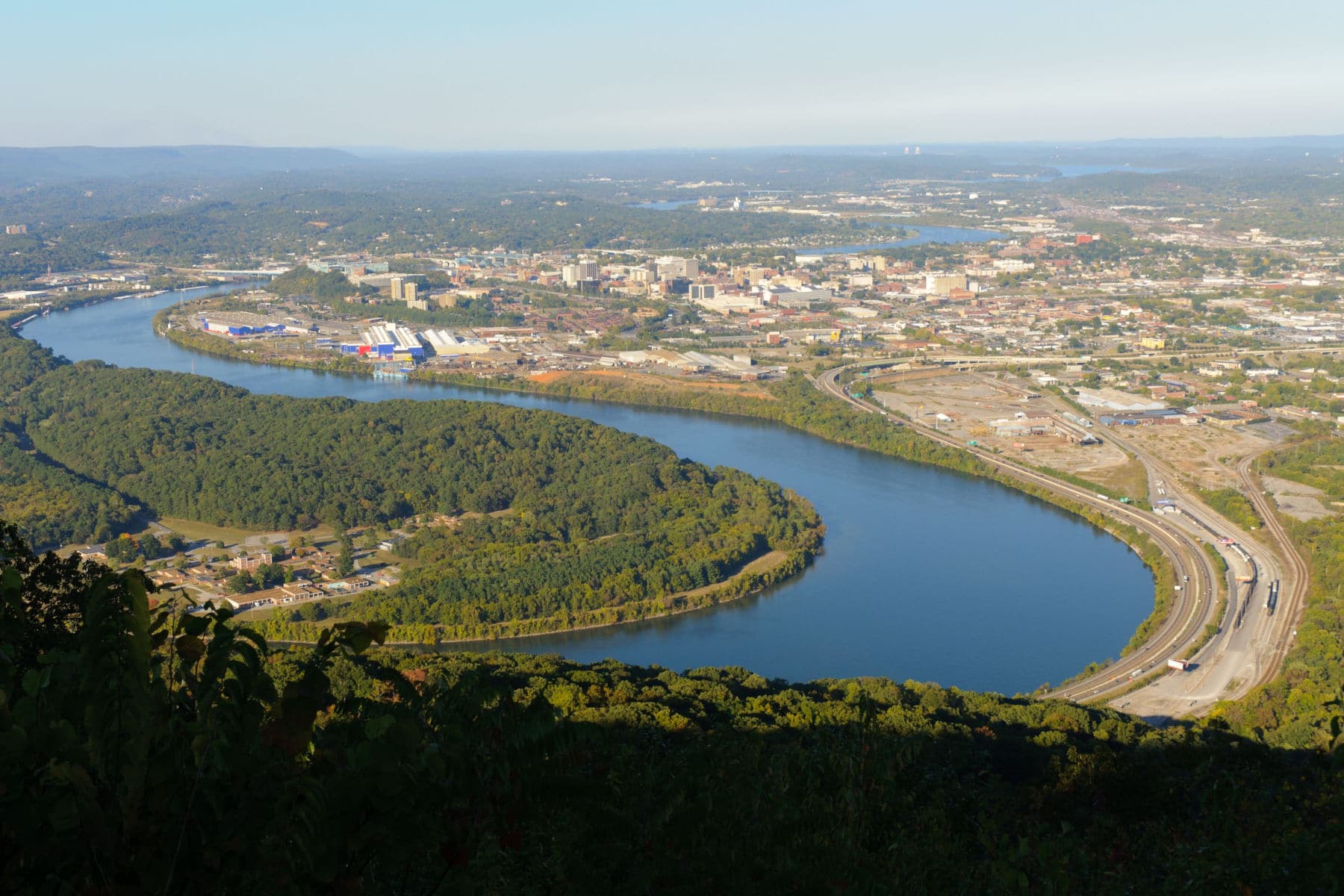
So, What Is A National Park?
We get asked that question a lot because there’s a difference between a “national park” and a “national park site.” To help you understand that difference you might want to check out our article titled: What Is A National Park Really?
Now if you’re planning a trip to Nashville then one book that I recommend is: A Walking Tour of Nashville, Tennessee.
Now let’s go ahead with 5 reasons why you’ll want to hop in your car and make a day’s drive from Nashville to one of these truly amazing places.
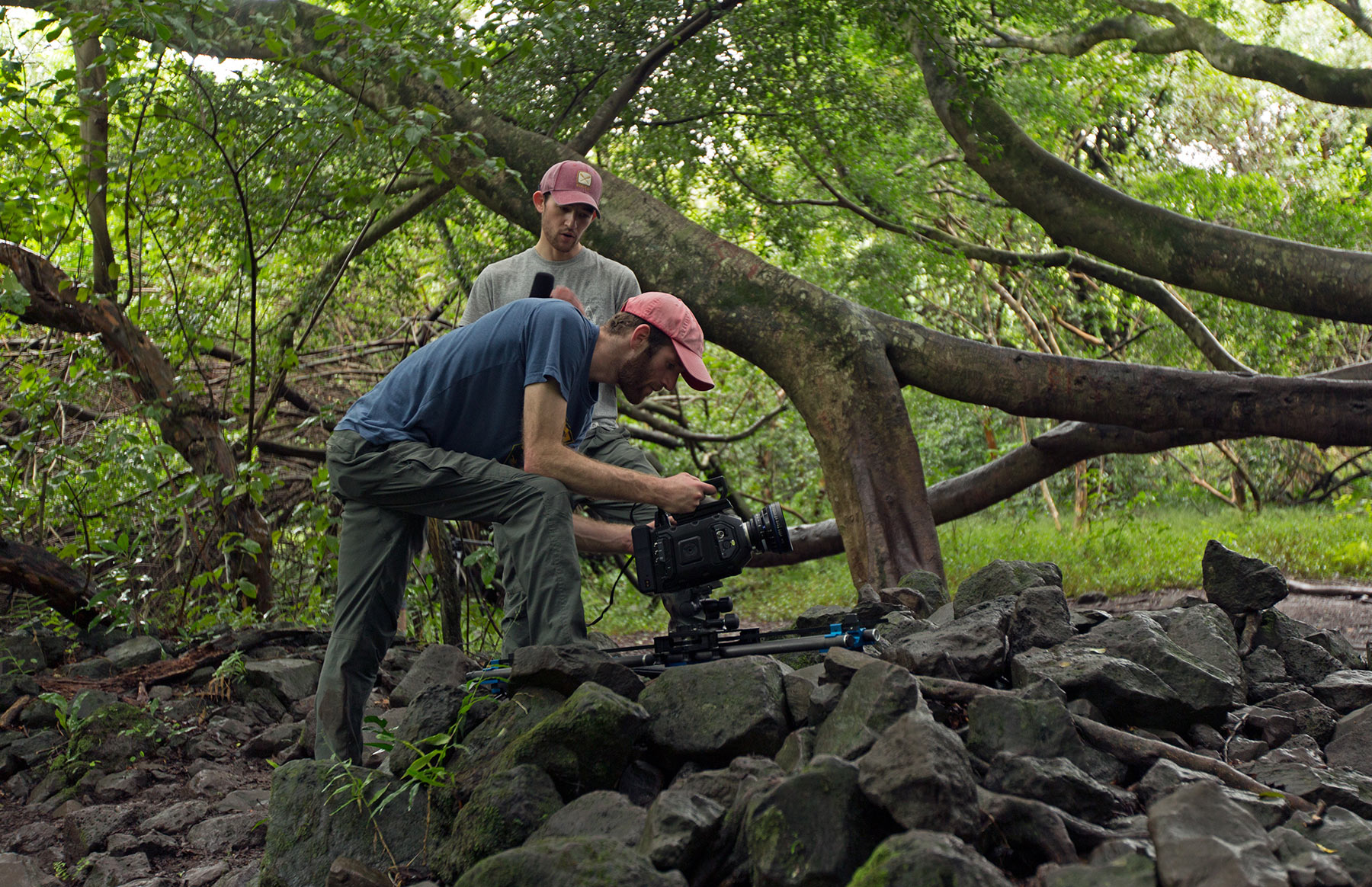
Table Of Contents: National Parks Near Nashville
Best National Parks Near Nashville
1. Andrew Johnson National Historic Site
Distance From Nashville: Three hours & 40 minutes via I-40 E.
As a retired history teacher who enjoys nothing more than researching and writing articles for More Than Just Parks, I relish the opportunity to take a deeper dive into the past.
The Andrew Johnson National Historic Site is dedicated to preserving the life and legacy of the 17th President of the United States, Andrew Johnson.
The site includes Johnson’s tailor shop, where he worked before entering politics, and two homes that he lived in, including his homestead, which is actually one of two presidential homes in Tennessee – the other one being Andrew Jackson’s Hermitage.
Andrew Johnson was born in Raleigh, North Carolina in 1808, and he moved to Tennessee as a young man to work as a tailor. He entered politics in the 1830s and became the governor of Tennessee in 1853.
He was later elected to the U.S. Senate and was Vice President under President Abraham Lincoln when Lincoln was assassinated in 1865. Johnson assumed the presidency after Lincoln’s death and served from 1865 to 1869.
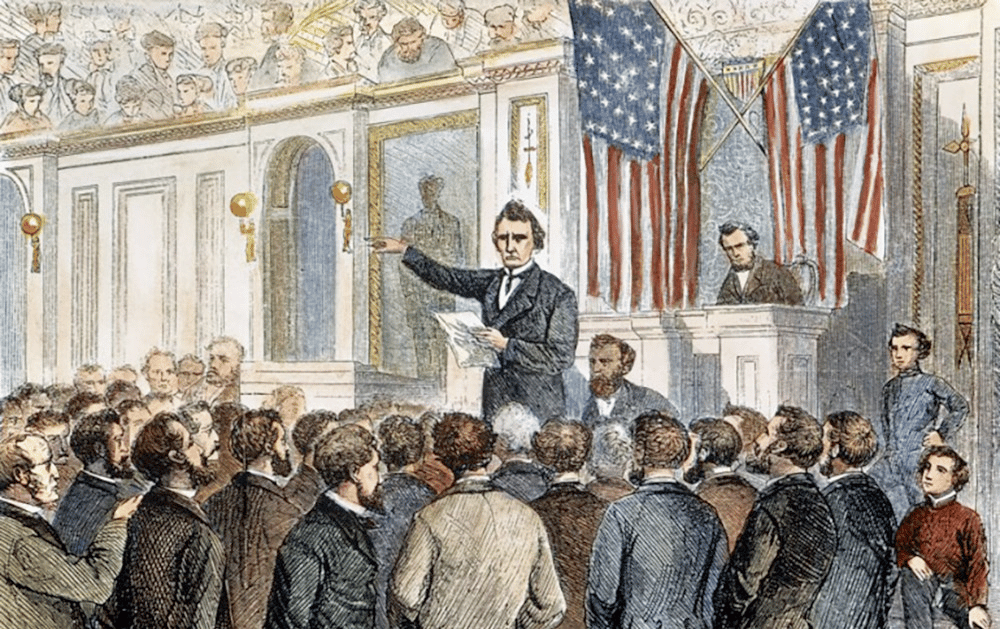
Johnson Faced Significant Republican Opposition
During his presidency, Johnson faced significant opposition from Radical Republicans in Congress who were determined to shape the aftermath of the Civil War in a way that would ensure the protection of the rights of newly-freed slaves.
Johnson’s vetoes of key Reconstruction legislation led to his impeachment by the House of Representatives in 1868, though he was acquitted by the Senate.
The Andrew Johnson National Historic Site was established in 1935 to commemorate Johnson’s legacy and to preserve his former home and tailor shop for future generations.
The site is now a part of the National Park Service and is open to the public for tours and educational programs. Visitors to the site can learn about Johnson’s life, presidency, and the turbulent times in which he lived.

RELATED: 15 AMAZING TENNESSEE NATIONAL PARKS WORTH VISITING
2. Big South Fork National River and Recreation Area
Distance From Nashville: Two hours & 48 minutes via I-40 E.
The Big South Fork National River and Recreation Area is a protected natural area that covers over 125,000 acres of rugged wilderness along the Big South Fork of the Cumberland River.
The park was established in 1974 to preserve the unique geological and cultural resources of the Big South Fork region and to provide recreational opportunities for visitors.
The Big South Fork is characterized by towering sandstone cliffs, rolling hills, deep gorges, and scenic overlooks. The park contains a variety of habitats, including forests, meadows, and rivers, that are home to a diverse array of plants and animals.
Visitors to the park can enjoy a variety of recreational activities, including hiking, camping, fishing, horseback riding, and whitewater rafting.
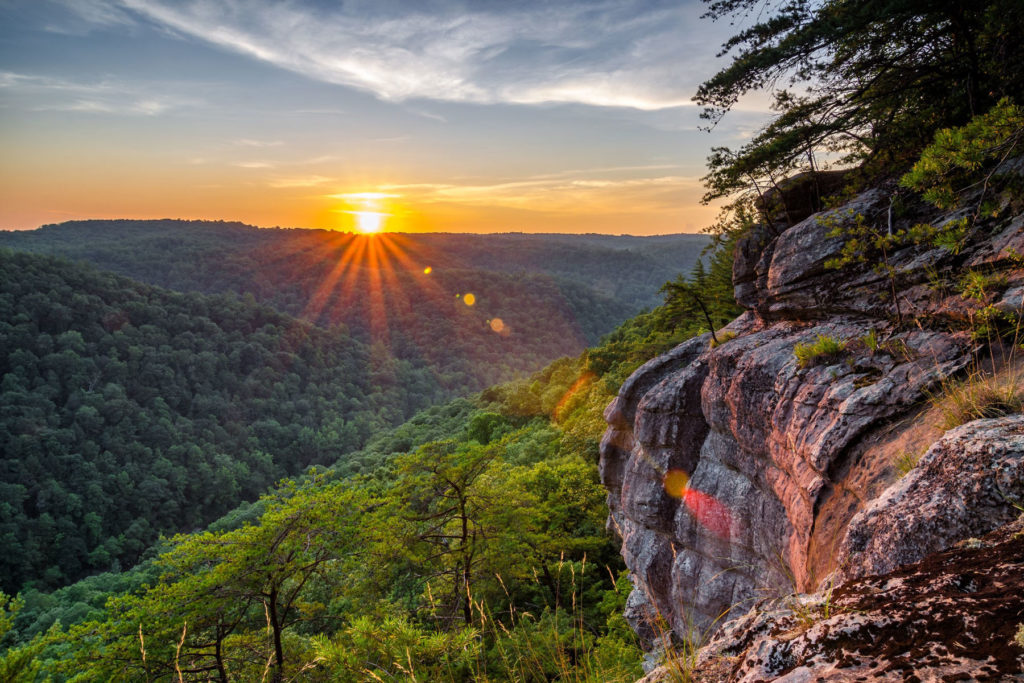
There’s A Historic Mining Community There Too
One of the most notable features of the park is the historic mining and railway communities located within its boundaries.
The park contains the remains of several coal mines, as well as the historic Blue Heron Mining Community, which was a thriving mining town in the early 20th century. Visitors can also see the restored depot at Blue Heron, which serves as a museum showcasing the history of the town and the coal-mining industry in the region.
The Big South Fork National River and Recreation Area offers a unique opportunity to experience the natural beauty and rich cultural history of the Cumberland Plateau region.
Whether you are interested in exploring the scenic trails, discovering the history of the region, or simply enjoying the beauty of the landscape, the Big South Fork is a must-see destination for outdoor enthusiasts and history buffs alike.
3. Chickamauga and Chattanooga National Military Park
Distance From Nashville: Two hours & 15 minutes via I-24 E.
The Chickamauga and Chattanooga National Military Park is located in northern Georgia and southeastern Tennessee and is dedicated to preserving and interpreting the history of two key Civil War battles that took place in the region: the Battle of Chickamauga and the Battle of Chattanooga.
The park was established in 1890 and is now part of the National Park Service.
The Battle of Chickamauga was fought in September 1863 and was one of the bloodiest battles of the Civil War. The Confederate army, led by General Braxton Bragg, defeated the Union army, led by General William Rosecrans, in a hard-fought battle that lasted two days.
The Battle of Chickamauga had significant impact on the outcome of the war, as it marked the first major Confederate victory in the western theater of the conflict.
The Battle of Chattanooga was fought in November 1863 and was a decisive Union victory that marked the beginning of the end of the Confederate army in the western theater.
Union General Ulysses S. Grant led his troops to victory against Confederate General Braxton Bragg, breaking the Confederate hold on the city of Chattanooga and opening the way for the Union to advance deeper into the Confederacy.
Things To Do
Here are some things you can do at the park:
- Take a guided tour: The park offers a variety of guided tours, including driving tours, walking tours, and ranger-led tours. These tours provide a wealth of information about the history of the park and the battles that took place there.
- Visit the museums: The park has two museums, the Chickamauga Battlefield Visitor Center and the Lookout Mountain Battlefield Visitor Center. These museums feature exhibits and displays that provide a deeper understanding of the park’s history and significance.
- Explore the battlefields: The park encompasses over 9,000 acres of battlefield, so there is plenty of ground to cover. You can take a self-guided driving tour, hike one of the park’s many trails, or participate in a ranger-led walk.
- Attend living history events: Throughout the year, the park hosts living history events that bring the past to life. These events feature reenactors dressed in period clothing who demonstrate the tactics and equipment used during the Civil War.
- Picnic and relax: The park has numerous picnic areas where you can enjoy a meal or a snack surrounded by the beautiful scenery. There are also plenty of places to sit and relax, whether you want to read a book or simply take in the views.
- Bike or horseback ride: The park has several trails that are open to cyclists and horseback riders. These trails offer a unique perspective on the park’s history and are a great way to explore the park’s natural beauty.
- Attend special events: Throughout the year, the park hosts a variety of special events, including concerts, festivals, and reenactments. Check the park’s calendar to see what’s happening during your visit.

CHECK OUT: 10 BEST CIVIL WAR SITES IN AMERICA
And If You’re A History Buff Like Me . . .
If you love history as much as I do and you’re particularly interested in how this conflict impacted the men who fought in it then I heartily recommend Six Armies in Tennessee: The Chickamauga and Chattanooga Campaigns by Steven E. Woodworth.
Woodworth is a gifted writer who uses primary sources skillfully to take his readers into the hearts and minds of the everyday soldiers.
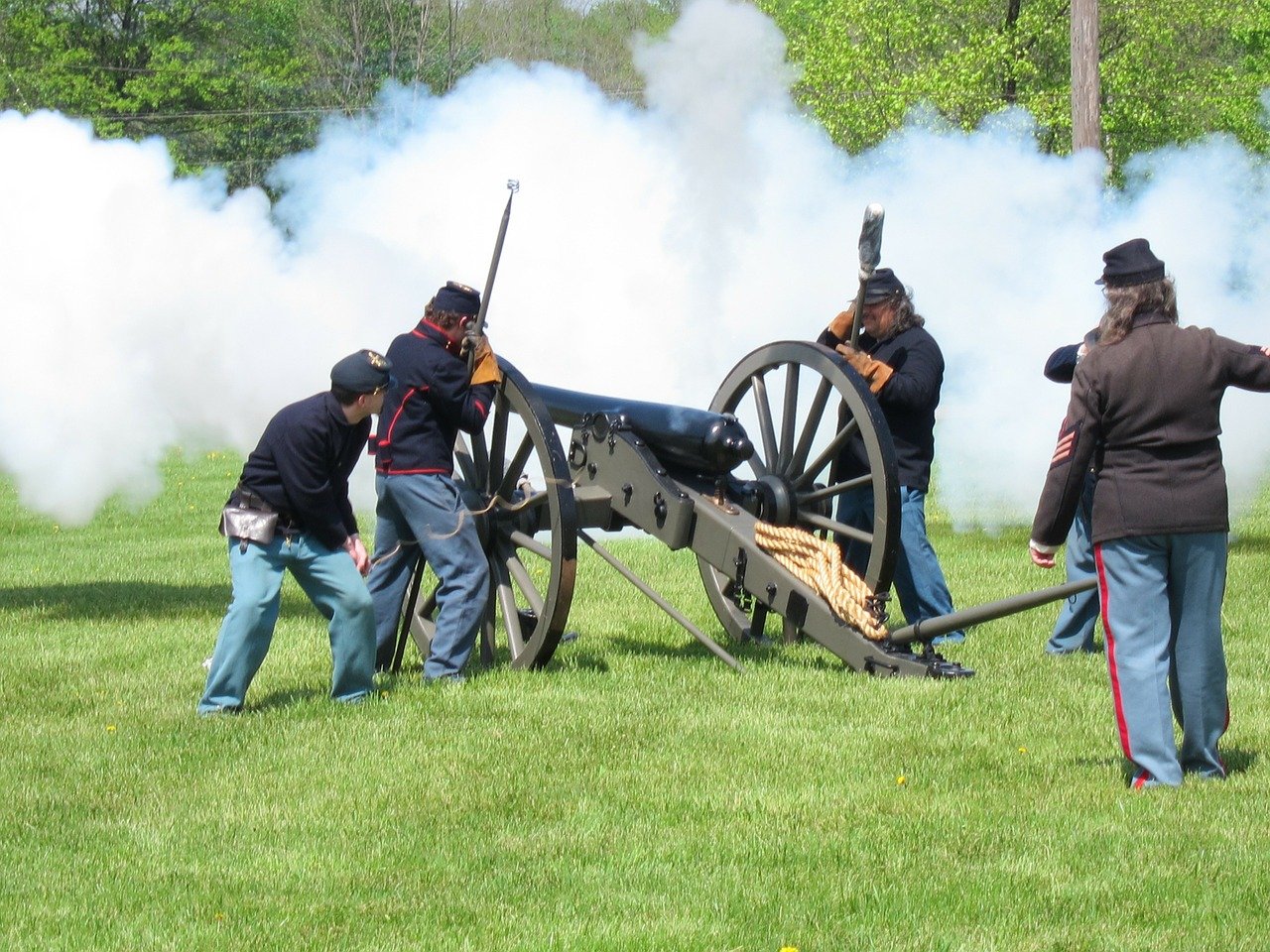
4. Cumberland Gap National Historical Park
Distance From Nashville: Three hours & 56 minutes via I-40 E.
Cumberland Gap National Historical Park was established as a national park in 1940 and is now part of the National Park Service. The park covers over 24,000 acres and is dedicated to preserving the natural beauty and rich cultural history of the Cumberland Gap region.
Cumberland Gap is a narrow pass through the Appalachian Mountains that has been used by people for thousands of years as a travel route. The park was a key thoroughfare for Native American tribes, early settlers, and pioneers heading west during the late 1700s and early 1800s.
Today, the park is a popular destination for hikers, campers, and history buffs who come to explore the scenic trails, natural wonders, and historic sites within its boundaries.
One of the most notable features of Cumberland Gap National Historical Park is the historic Hensley Settlement, which was established in the late 1800s by a group of pioneers who were seeking a new life in the western frontier. Visitors to the park can see the restored cabins and other structures that were once part of the settlement and learn about the lives of the people who lived and worked there.
The park also contains a variety of other historical sites, including several forts and military encampments that were established during the Civil War. Visitors can see the remains of these sites and learn about the role that the Cumberland Gap played in the conflict.
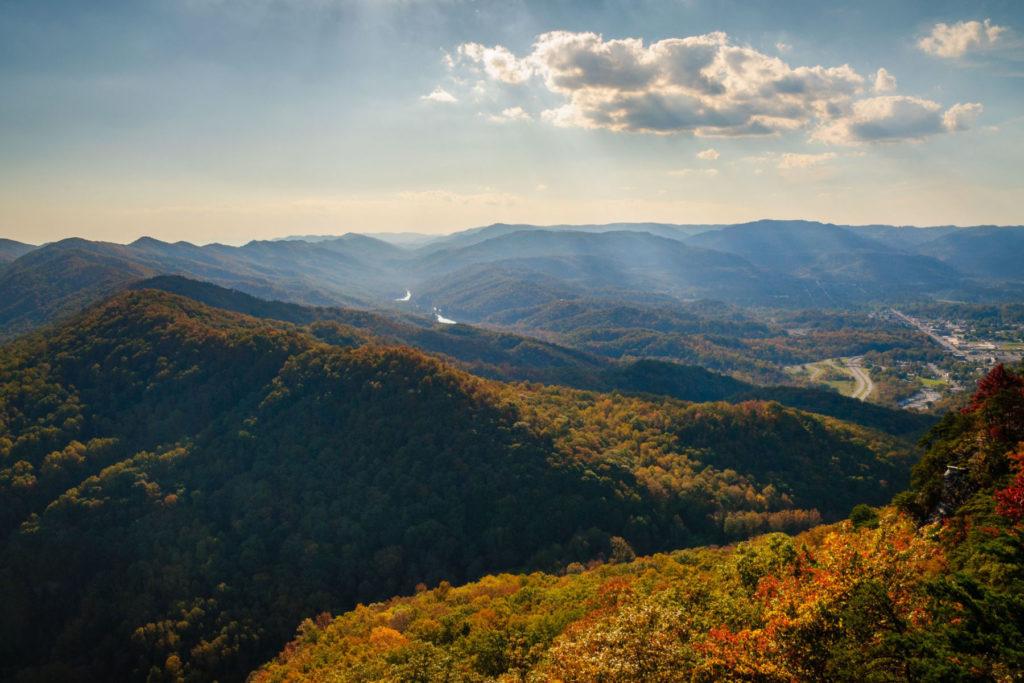
CHECK OUT: 6 BEST KENTUCKY NATIONAL PARKS WORTH VISITING
5. Fort Donelson National Battlefield
Distance From Nashville: One hour & 33 minutes via I-24 W & US-79 S.
Fort Donelson National Battlefield is located in Tennessee and is dedicated to preserving and interpreting the history of one of the key battles of the Civil War. The park was established in 1928 and is now part of the National Park Service.
The Battle of Fort Donelson was fought in February 1862 and was one of the first major victories for the Union army during the Civil War. Union General Ulysses S. Grant led his troops to a decisive victory against Confederate General Simon Bolivar Buckner, capturing the fort and securing control of the Cumberland River.
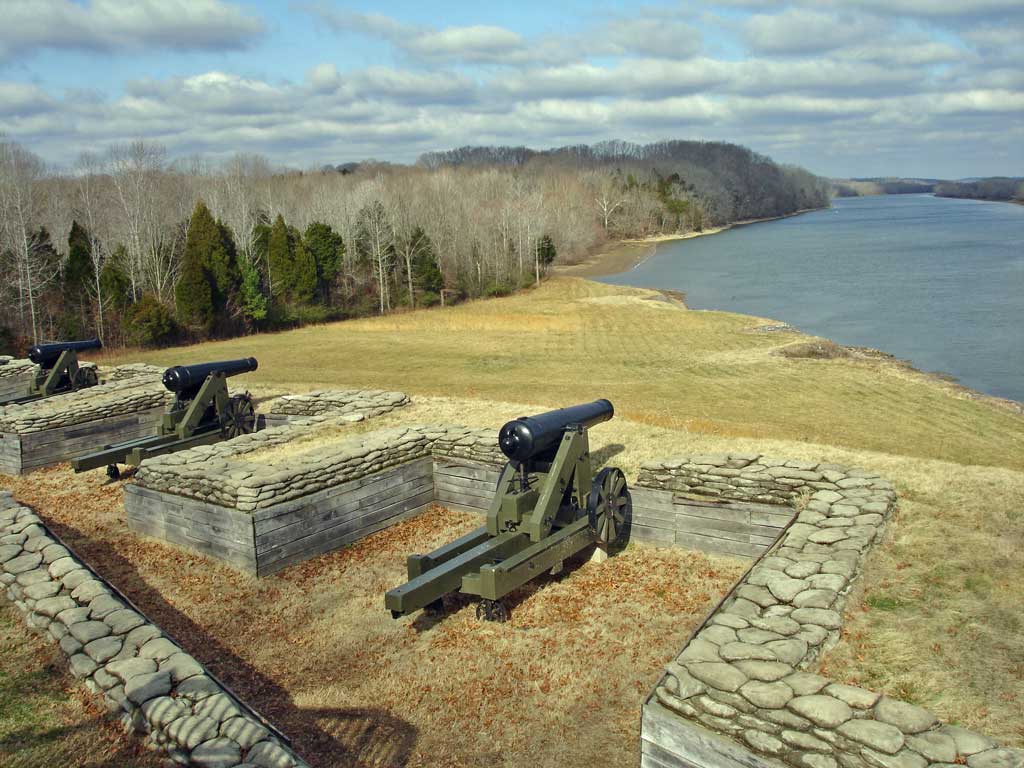
The Battle of Fort Donelson had significant impact on the outcome of the war, as it opened the way for the Union to advance deeper into the Confederacy.
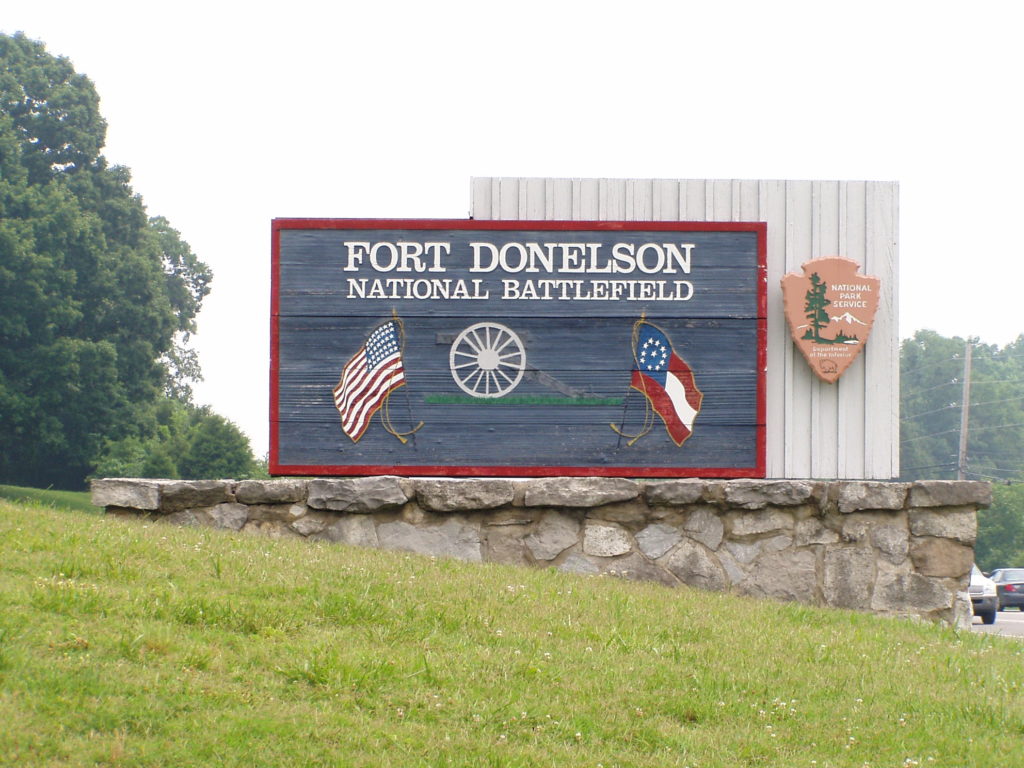
Things To Do At Fort Donelson
Here are some things you can do at the park:
- Take a self-guided tour: The park offers a self-guided driving tour that takes visitors to all the important sites on the battlefield. You can also explore the park on foot by following one of the many walking trails.
- Visit the museum: The park has a museum that features exhibits and displays related to the battle of Fort Donelson and the Civil War. The museum also has a bookstore where you can purchase books, maps, and other items related to the park’s history.
- Attend ranger-led programs: The park offers a variety of ranger-led programs, including guided tours, living history programs, and educational programs for kids. These programs provide a deeper understanding of the park’s history and significance.
- Explore the fortifications: The park has several well-preserved fortifications that played a critical role in the battle of Fort Donelson. You can explore these fortifications on foot or by car, and get a sense of what it was like to fight in the Civil War.
- Go birdwatching: The park is home to a wide variety of bird species, including bald eagles, ospreys, and blue herons. You can take a birdwatching hike on one of the park’s trails and see how many species you can spot.
- Have a picnic: The park has several picnic areas where you can enjoy a meal surrounded by the beautiful scenery. There are also plenty of places to sit and relax, whether you want to read a book or simply take in the views.
- Attend special events: Throughout the year, the park hosts a variety of special events, including reenactments, concerts, and festivals. Check the park’s calendar to see what’s happening during your visit.
CHECK OUT: 25 BUCKET-LIST FAMOUS HISTORIC LANDMARKS IN AMERICA (MUST-SEE)
National Parks Near Nashville FAQ
The nearest big cities to the Smoky Mountains are Nashville, Tennessee; Charlotte, North Carolina; and Atlanta, Georgia, all of which are just two to three hours away by car.
Why Trust Us About National Parks Near Nashville?
We’re Jim Pattiz and Will Pattiz, collectively known as the Pattiz Brothers (and sometimes the Parks Brothers) and we absolutely LOVE the national parks.
You should probably know that we don’t just make this stuff up out of thin air. We’ve spent our entire adult lives exploring and filming America’s national parks and public lands.
We’ve worked with the National Park Service, the Department of Interior, USDA, and the U.S. Forest Service for years creating films on important places and issues. Our work has been featured in leading publications all over the world and even some people outside of our immediate family call us experts on the national parks.
Meet The Parks Brothers
Map Of National Parks Near Nashville
List Of National Parks Near Nashville
- Andrew Johnson National Historic Site
- Big South Fork National River and Recreation Area
- Chickamauga and Chattanooga National Military Park
- Cumberland Gap National Historical Park
- Fort Donelson National Battlefield
We Hope You’ll Follow Our Journey

Our goal here at More Than Just Parks is to share the beauty of America’s national parks and public lands through stunning short films in an effort to get Americans and the world to see the true value in land conservation.
We hope you’ll follow our journey through the parks and help us to keep them the incredible places that they are. If you’re interested in joining the adventure then please sign up below!
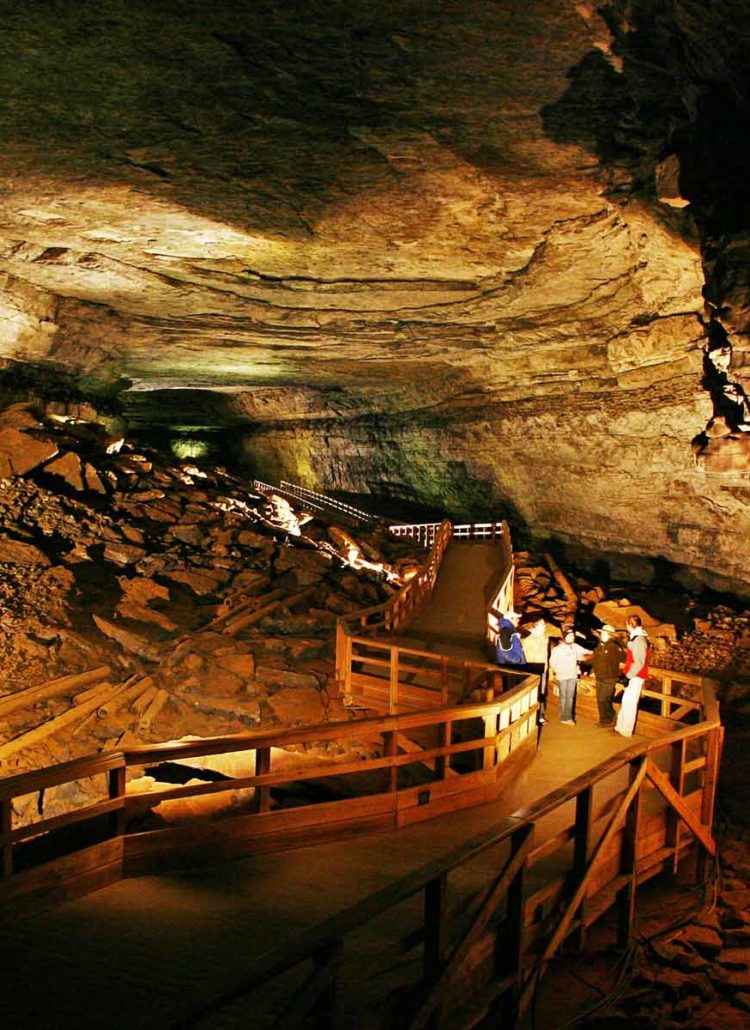
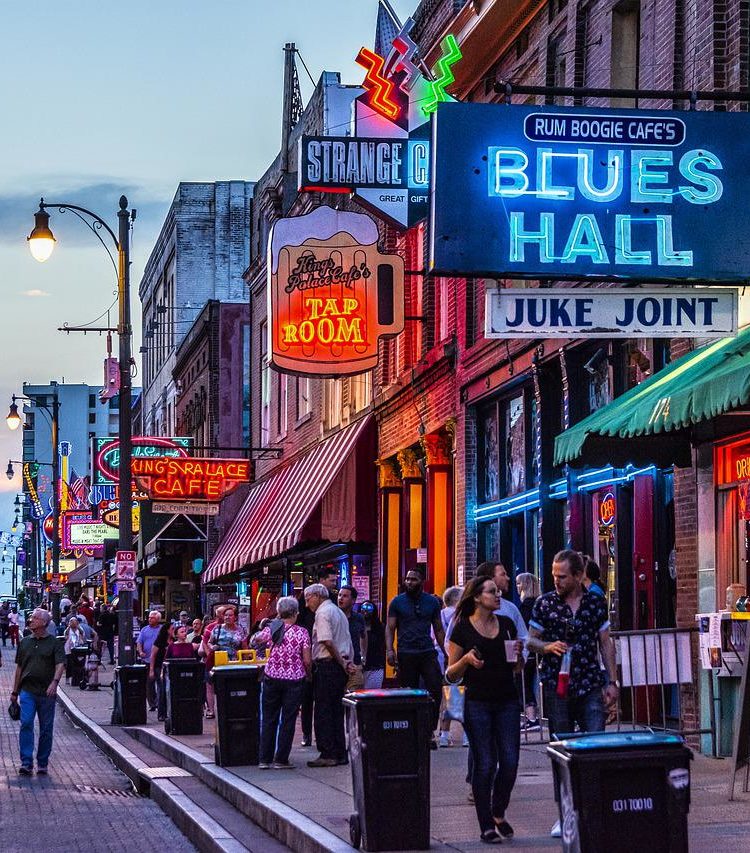
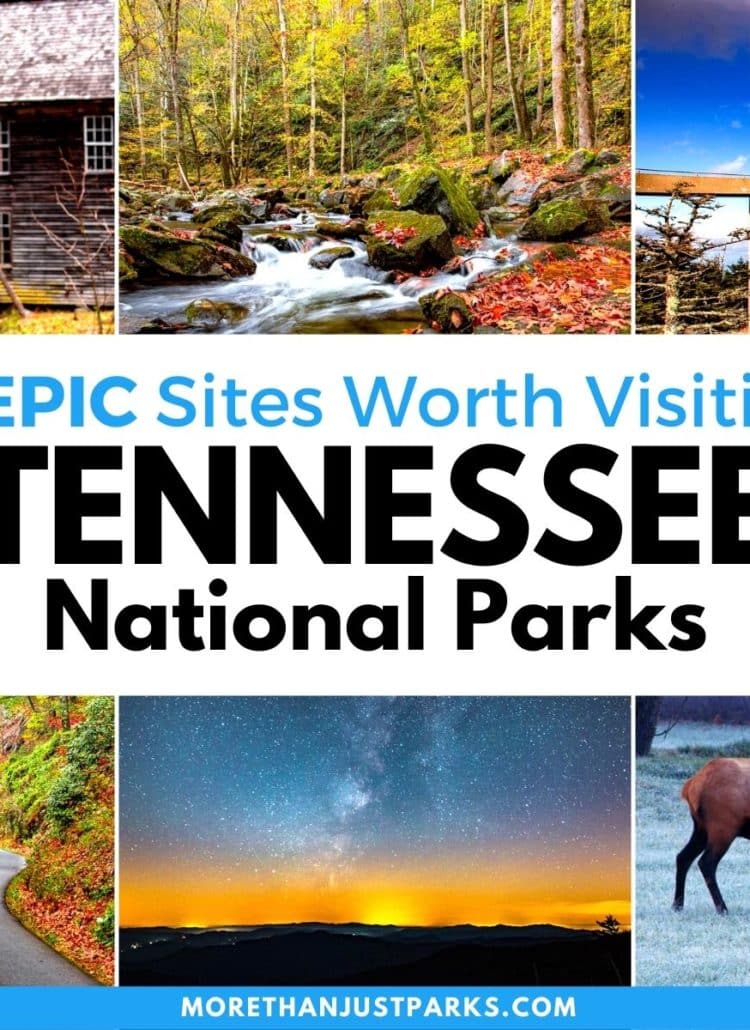
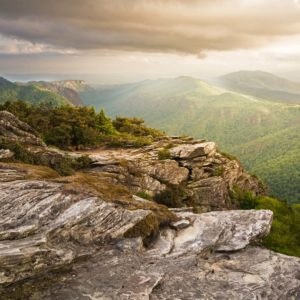

The article states that Andrew Johnson’s home is the only Presidential home left in Tennessee. Immediately, I thought, “What happened to the Hermitage, home of the 7th President, Andrew Jackson?” So I looked it up, and, thankfully, it’s still there also.
Great catch! We’ve updated to correct the typo 🙂